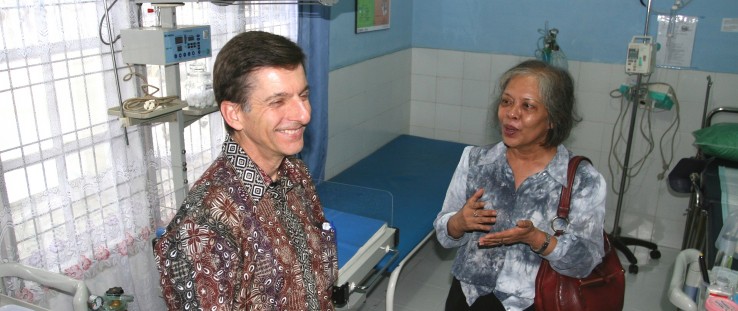 Andrew Sisson of the U.S. Global Development Lab visits the Deli Serdang District Public Hospital, one of the first hospitals and clinics in north Sumatra to partner with USAID’s Expanding Maternal and Neonatal Survival project.
USAID
Andrew Sisson of the U.S. Global Development Lab visits the Deli Serdang District Public Hospital, one of the first hospitals and clinics in north Sumatra to partner with USAID’s Expanding Maternal and Neonatal Survival project.
USAID
 Andrew Sisson of the U.S. Global Development Lab visits the Deli Serdang District Public Hospital, one of the first hospitals and clinics in north Sumatra to partner with USAID’s Expanding Maternal and Neonatal Survival project.
USAID
Andrew Sisson of the U.S. Global Development Lab visits the Deli Serdang District Public Hospital, one of the first hospitals and clinics in north Sumatra to partner with USAID’s Expanding Maternal and Neonatal Survival project.
USAID
Andy Sisson is the current acting executive director of the U.S. Global Development Lab at USAID in Washington, D.C. He was appointed USAID’s mission director in Indonesia in October 2012. A Senior Foreign Service Officer with the rank of Career Minister, Sisson has more than 30 years of development experience. Sisson became an early adopter of the Lab’s approach to development, having seen firsthand the impact that science, technology, innovation and partnerships could bring to development work in Indonesia and around the world.
FrontLines: Why the Lab? Why now?
Andy Sisson: At USAID, science, technology, innovation and partnerships are not new. The Lab is simply part of the next evolution of USAID, an Agency that recognizes its proud history of advancing science, technology and innovation to deliver historic results around the world—from the Green Revolution that pulled millions from starvation due to high-yield rice varietals, to oral rehydration therapy that has saved the lives of millions of children. We are building on the success of the Agency’s legacy of great work. Science, technology, innovation and partnerships have always been a critical part of the way we work and have allowed us to evolve, grow, and, now, launch the Lab.
Right now, we have an unprecedented opportunity to help end extreme poverty by 2030. In the last 20 years alone, human ingenuity and entrepreneurship around the world have reduced child mortality rates by 47 percent and poverty rates by 52 percent. For the first time in history, we have the tools, technologies and approaches that can end extreme poverty and all that it brings with it. The Lab’s mandate is to lead the acceleration of what the Agency is already doing, and to help do it better, faster and cheaper. We’re dedicated to a new approach to international development and are looking forward to working across the agency to achieve that goal.
FrontLines: USAID’s goal to eliminate extreme poverty by 2030 seems rather ambitious. How will the Lab help achieve that?
Sisson: In 1961, President John F. Kennedy laid out an ambitious goal: sending an American safely to the moon. This goal captured the imagination of the world and the American people, and was successfully realized less than a decade later. In his 2013 State of the Union speech, President Barack Obama laid out an equally ambitious goal—ending extreme poverty in the next two decades. USAID is leading the U.S. Government’s efforts to achieve this goal, and the Lab is one core element that Administrator Shah and others believe will help get us there.
To achieve the goal of ending extreme poverty by 2030, the Lab looks forward to working with USAID missions, bureaus and offices; other U.S. Government agencies like the National Science Foundation and the U.S. Geological Survey; and our business, foundation, NGO, university and donor partners to discover, test and scale new technologies and innovations. We seek great ideas and believe that they can truly come from anywhere. We will engage a wide range of innovators, including students from all over the world, to help solve problems, and promote the widespread adoption of proven solutions.
FrontLines: What does the Lab and related Lab programming mean to USAID missions?
Sisson: As the mission director in Indonesia and, before that, Pakistan, Central Asia and East Africa, I’ve seen the incredible impact that science, technology, innovation and partnership can bring to our development work. And it is this approach and its adoption by bureaus and missions that will make the Lab a success.
For example, in Indonesia we are working with the Indonesia National Tuberculosis Program to adopt GeneXpert diagnostic technology in Indonesian hospitals. GeneXpert dramatically reduces the time it takes to diagnose tuberculosis and multi-drug resistant tuberculosis from a month or more to only two hours. Because of this new tool, thousands of people will receive immediate treatment, which will reduce the spread of the disease and save lives.
It is innovations like this that the Lab is seeking to find in all corners of the world, and in partnership with the local scientific and university communities, we want to test new ideas and approaches and then find the best ways possible to scale them across countries and regions.
FrontLines: What USAID-sourced innovation is a shining example of what science, technology, innovation and partnership can help the Agency achieve on a grand scale?
Sisson: A great example of how this new approach to development is the work being done around chlorhexidine—an inexpensive antiseptic that can be used to prevent severe infection. In many developing countries, poor hygiene and practices such as putting dung on a newborn’s umbilical cord present an infection risk for many babies. In Nepal, where umbilical cord stump infections due to traditional practices claim the lives of three in 100 newborns, USAID’s partner, Johns Hopkins University, together with the National Institutes of Health and the National Institute of Child Health and Human Development, funded the first clinical trial suggesting the benefit of using chlorhexidine in umbilical cord care. Subsequently, USAID worked with the Gates Foundation’s Save the Children/Saving Newborn Lives program to fund validation studies in Pakistan and Bangladesh.
Concurrent to the clinical research, USAID was funding work in Bangladesh and Nepal on product development, working on registration issues and feasibility research to plan for introduction at the conclusion of the trial. In 2011, this process of scaling up the adoption of chlorhexidine was accelerated through the competitively awarded Savings Lives at Birth: A Grand Challenge for Development program led by USAID’s Bureau for Global Health with support from the Lab. USAID provided a transition-to-scale grant to John Snow Inc. to work with the Government of Nepal to encourage greater adoption of chlorhexidine in 22 districts in Nepal. The agency, in conjunction with a global chlorhexidine working group, is already supporting early introduction in 15 countries.
This is the collaborative, catalytic spirit in which I see the Agency operating. By sourcing an innovation, identifying ways to accelerate the research and scale processes, encouraging its adoption by a large number of communities across multiple districts, partnering with key players, and testing its impact, USAID-led chlorhexidine research efforts along with the Saving Lives at Birth: A Grand Challenge for Development are making a difference in the lives of hundreds of thousands of people across the world.
FrontLines: How did your experience in Indonesia prepare you for this new role?
Sisson: I’ve had the privilege of working with some great innovative partners and a very innovative staff in Indonesia, not to mention some fantastic research networks that have come together across the country. One project that the Indonesia mission is supporting in partnership with the National Science Foundation is the a broad network for biodiversity research that has been created by the University of California, Los Angeles, Udayana University in Bali, and the State University of Papua. Some of the researchers who are part of this network convene at the Indonesian Biodiversity Research Center—a facility in Indonesia where American and Indonesian students come together every summer to get trained in the latest genetic techniques for applications in marine biodiversity and conservation.
This research partnership is now supporting a USAID partnership with Anova, an American seafood company, to ensure a sustainable supply of seafood to Walmart and several U.S. restaurant chains. This promotes sustainable livelihoods for Indonesian fishermen and their families. Working with partners like these has taught me that the application of science, technology and innovation enables us to deliver even greater results for the people we serve—faster, cheaper and in a more sustainable way.







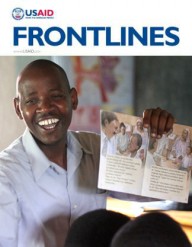

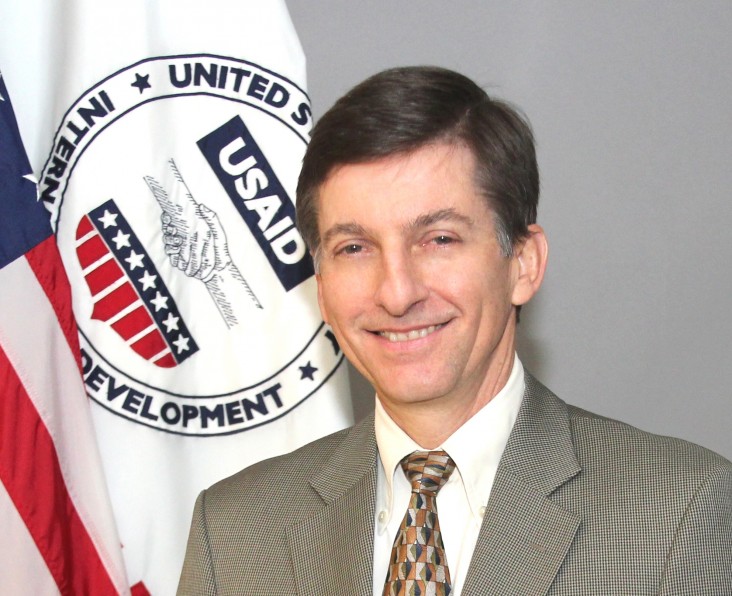
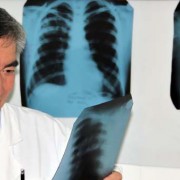
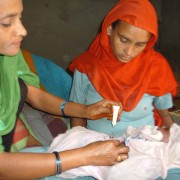
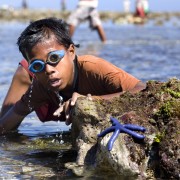
Comment
Make a general inquiry or suggest an improvement.